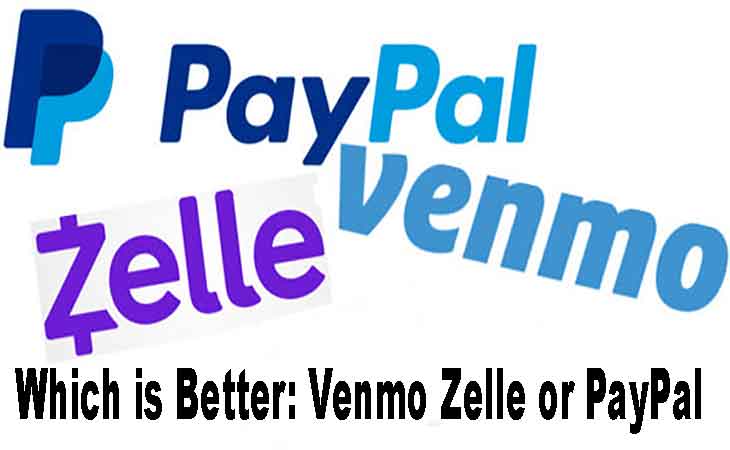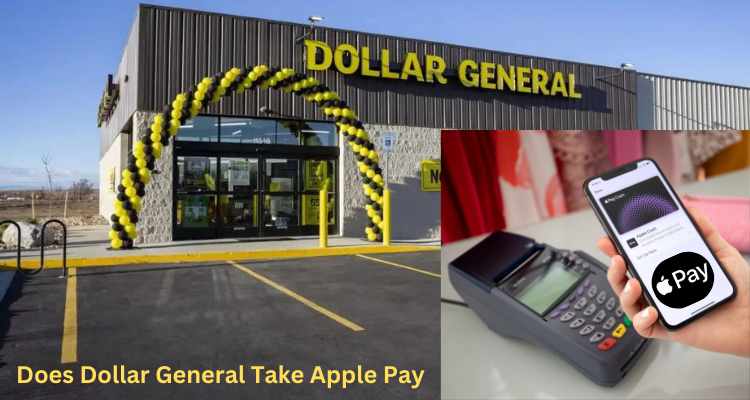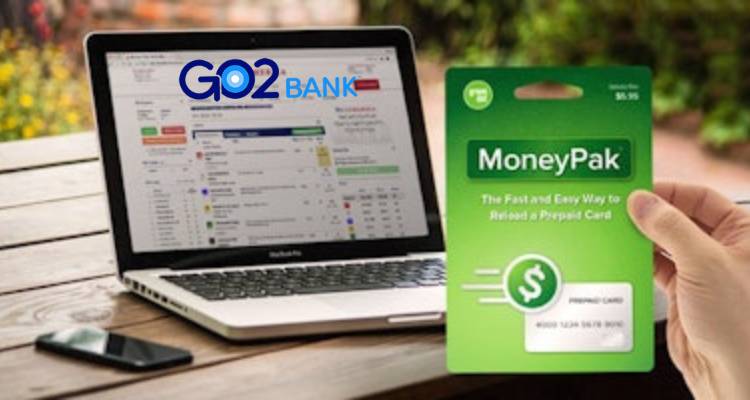Which is Better: Venmo Zelle or PayPal? In today’s digital age, sending and receiving money has become more accessible and convenient than ever before, thanks to Peer-to-Peer (P2P) payment systems. These systems allow users to transfer money between individuals without the need for a bank or financial institution acting as an intermediary.
Having a reliable P2P payment system is crucial, especially for those who frequently transfer money between friends and family members. Not only do these systems save time and effort, but they also offer enhanced security features, making it a safer alternative to carrying cash or sending checks. Here’s, we will take a closer look at three of the most popular P2P payment systems: Venmo, Zelle, and PayPal. We will compare and contrast their features, fees, and security to assist you in determining which one is the best fit for your needs. So, let’s dive in!
Explanation of Venmo, Zelle and PayPal
Venmo, Zelle, and PayPal are all P2P payment systems that allow users to transfer funds electronically. Venmo, owned by PayPal, has gained popularity due to its user-friendly interface and social media-like features. The app allows users to connect with friends and see their transactions, making it a popular choice among millennials.
Zelle, on the other hand, is a standalone app that links directly to users’ bank accounts, allowing for quick and easy transactions. With Zelle, users can send and receive money in minutes, making it a convenient option for those who need to transfer funds quickly.
PayPal is the oldest and most well-known of the three P2P payment systems. It offers a range of features, including the ability to make international transactions and pay bills directly from the app. PayPal also offers a debit card for users to withdraw funds at ATMs.
When it comes to fees, Venmo charges a 3% fee for credit card transactions, while Zelle is free to use. PayPal charges a flat rate of 2.9% plus a fixed fee based on the currency used. In terms of security, all three apps offer various protections to users. Venmo and PayPal provide buyer protection, whereas the protection policies of Zelle vary based on the bank to which users are linked.
In all, each P2P payment system has its own unique set of features and benefits. Understanding the differences between Venmo, Zelle, and PayPal can help users decide which app is best suited to their needs.
Comparison Between PayPal, Venmo and Zelle
When it comes to P2P payment systems, PayPal, Venmo, and Zelle are some of the most popular options available. Each of these payment systems has its own unique features and benefits.
PayPal, the oldest and most well-known of the three, offers a range of features, including the ability to make international transactions and pay bills directly from the app. PayPal also offers a debit card for users to withdraw funds at ATMs.
Venmo, owned by PayPal, has a social media-like interface that allows users to connect with friends and see their transactions. The app is especially popular among millennials due to its user-friendly interface and social media integration.
Zelle is a standalone app that links directly to users’ bank accounts, allowing for quick and easy transactions. With Zelle, users can send and receive money in minutes, making it a convenient option for those who need to transfer funds quickly.
In terms of fees, Venmo charges a 3% fee for credit card transactions, while Zelle is free to use. PayPal charges a flat rate of 2.9% plus a fixed fee based on the currency used. When it comes to security, all three apps offer various protections to users. Venmo and PayPal offer buyer protection, while Zelle’s protection policies vary depending on the bank that users are linked to.
All-up, the choice between PayPal, Venmo, and Zelle comes down to personal preference and needs. Understanding the differences between each payment system can help users make an informed decision about which app is best for them.
Let’s see in what ways PayPal, Venmo and Zelle differ from each other
When it comes to P2P payment systems, PayPal, Venmo, and Zelle are three of the most popular options available. Each of these payment systems has its own unique features and benefits that cater to different user needs. Here, we’ll explore the key differences between the three platforms.
Establishment: PayPal was established in 1998, making it the oldest of the three. Venmo was launched in 2009 as a mobile payment system and was later acquired by PayPal in 2013. Zelle, on the other hand, was launched in 2017 as a standalone app that links directly to users’ bank accounts.
Popularity and Number of Users: PayPal is the most widely used payment system globally, with over 377 million active accounts in over 200 markets. Venmo, on the other hand, is popular among younger generations in the United States, with over 70 million active users. Zelle has seen rapid growth since its launch, with over 140 million active users as of 2021.
Fees: Venmo charges a 3% fee for credit card transactions, while Zelle is free to use. PayPal charges a flat rate of 2.9% plus a fixed fee based on the currency used.
Transfer Limits: Venmo has a weekly transaction limit of $4,999.99, while Zelle and PayPal allow users to send and receive up to $5,000 per transaction.
Security: All three apps offer various protections to users, including two-factor authentication, encryption, and fraud detection. Buyer protection is offered by Venmo and PayPal, while Zelle’s protection policies vary depending on the bank that users are linked to.
International Money Transfer: While PayPal allows for international money transfers, Venmo and Zelle are limited to domestic transfers only.
Overall, understanding the differences between PayPal, Venmo, and Zelle can help users make an informed decision about which app is best for their specific needs. Whether it’s transfer limits, fees, or international money transfer, each platform offers its own unique advantages and disadvantages.
Unique Selling Proposition
When it comes to choosing a P2P payment system, understanding the unique selling propositions (USPs) of each platform can help users make a decision. Here’s a look at the USPs of PayPal, Venmo, and Zelle:
PayPal: PayPal’s biggest USP is its global reach. With a presence in over 200 markets, users can send and receive money in different currencies. PayPal also offers a range of additional features, including the ability to link multiple bank accounts and credit cards, as well as a suite of tools for businesses.
Venmo: Venmo’s USP is its social component. Users can share payments with friends and family and add comments and emojis to their transactions. Venmo also allows users to split bills and make payments to participating merchants.
Zelle: Zelle’s USP is its integration with users’ bank accounts. This allows for faster transfers without the need for a third-party app or service. Zelle also offers a seamless experience, allowing users to send and receive money with just a few clicks.
Deadly, understanding the USPs of PayPal, Venmo, and Zelle can help users choose the platform that best meets their needs. Whether it’s global reach, social features, or seamless integration with bank accounts, each platform offers its own unique advantages.
Number of Users
When it comes to the number of users, PayPal is the clear leader with over 300 million active accounts worldwide. Venmo, on the other hand, has around 70 million users and is most popular among younger demographics. Around 100 million users use Zelle, which is primarily used by US-based banks.
PayPal’s large user base is due in part to its longstanding reputation as a secure and reliable payment platform. The platform’s versatility has also driven its popularity, as it can be used for everything from personal transactions to business payments.
The success of Venmo can be attributed to its focus on social payments and the ease of use of its mobile app. Its user base skews younger, with many college students and young professionals using the app to split bills and pay friends.
Zelle, while not as well-known as PayPal or Venmo, has gained popularity among users of US-based banks due to its seamless integration with banking apps. Its user base has grown steadily as more banks have adopted the platform.
Ultimately, the number of users on a P2P payment platform can be an important consideration for users, as a larger user base can mean greater convenience and ease of use. However, when selecting the best option for individual needs, one should also consider the unique features and benefits offered by each platform.
Which is Better: Venmo, Zelle, or PayPal
Choosing the best P2P payment app can be tricky, especially when there are so many options to choose from. Venmo, Zelle, and PayPal are some of the most popular P2P payment apps available in the market. Each of these apps comes with its own unique features and benefits.
Venmo is a popular choice among millennials and offers a social media-like interface that allows users to share their payment activities with friends. Zelle, on the other hand, is a great option for those who value speed and convenience. It enables users to send and receive money directly from their bank account. This eliminates the need for a separate app or login. PayPal is among the earliest and most commonly used P2P payment apps with a global reach. It offers several features such as invoicing, payment splitting, and e-commerce platform integration.
To summarize, the best P2P payment app for you will depend on your specific needs and preferences. If you prioritize social features, speed, or a wide range of features, there is likely an app that will meet your requirements. Therefore, it’s important to carefully consider your needs when selecting a payment app. It’s important to consider factors like user interface, security, fees, and transfer limits before making a decision.
Frequently Asked Questions
Here are some common questions and answers:
What is a P2P payment system?
A P2P payment system is a way to send money directly from one person to another, without the need for a middleman like a bank. Venmo, Zelle, and PayPal are all examples of P2P payment systems.
Are there any age restrictions for using Venmo, Zelle, or PayPal?
Yes, all three services require users to be at least 18 years old.
What happens if I send money to the wrong person using one of these systems?
If you accidentally send money to the wrong person, you should contact the payment system’s customer support as soon as possible. In some cases, you may be able to cancel the transaction or get a refund.
Can I use Venmo, Zelle, or PayPal to pay for goods and services online?
Yes, you can use all three services to pay for goods and services online as well as in-person.
How long does it take for the money to transfer from one account to another using each system?
The time taken for transfers to complete may vary depending on the payment system and the banks involved, but in general, they should complete within a few hours or a day.
Are there any transaction limits or fees that I should be aware of when using these systems?
Each payment system has its own transaction limits and fees, so it’s important to read the terms and conditions carefully before using the service.
How do I contact customer support if I have a problem with one of these systems?
Every payment system should provide a customer support option on their website or app. The available support options may include phone, email, or chat support.
Final Verdict
To sum up, choosing the right P2P payment system depends on your specific needs and preferences. PayPal is an excellent choice for international money transfers and online payments. On the other hand, Venmo is an ideal platform for social payments and sharing bills with friends. Zelle is a perfect option for those who value fast and secure transactions. Additionally, we recommend it for those who want to transact with people they already know and trust.
When it comes to fees and transfer limits, it’s important to consider your budget and the frequency and amount of your transfers. It is essential to select a system that prioritizes security to safeguard your transactions. Furthermore, the system should provide reliable customer support to assist you in case of any problems
At the end, each of these P2P payment systems offers unique features and benefits, and ultimately the decision comes down to what best fits your individual needs. This article outlines several factors that you can consider when choosing a financial transaction system. If you scrutinize these factors with care, you can confidently choose the appropriate system for your needs. As a result, you can simplify your financial transactions and make them more straightforward.





